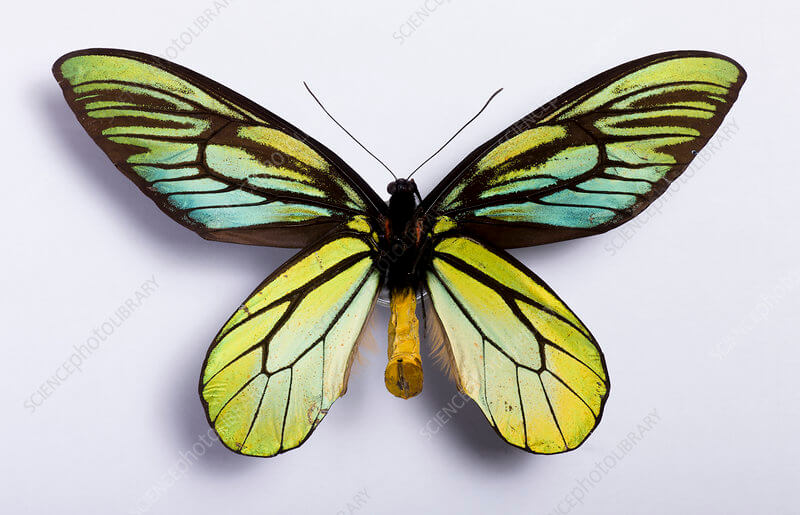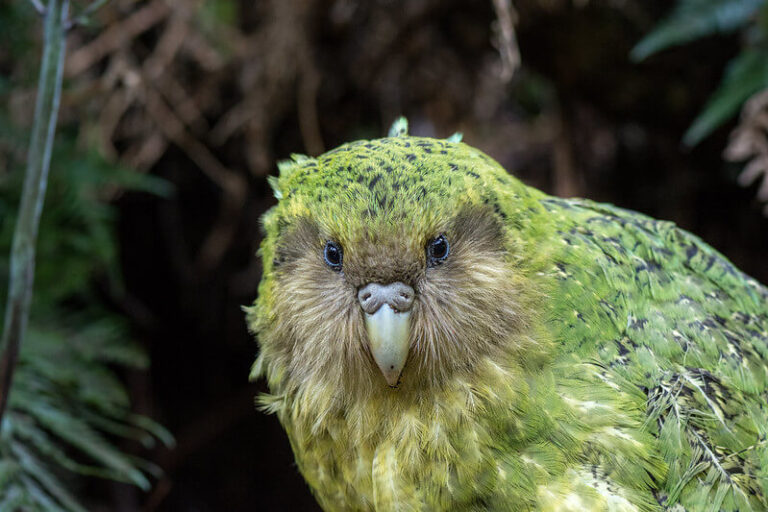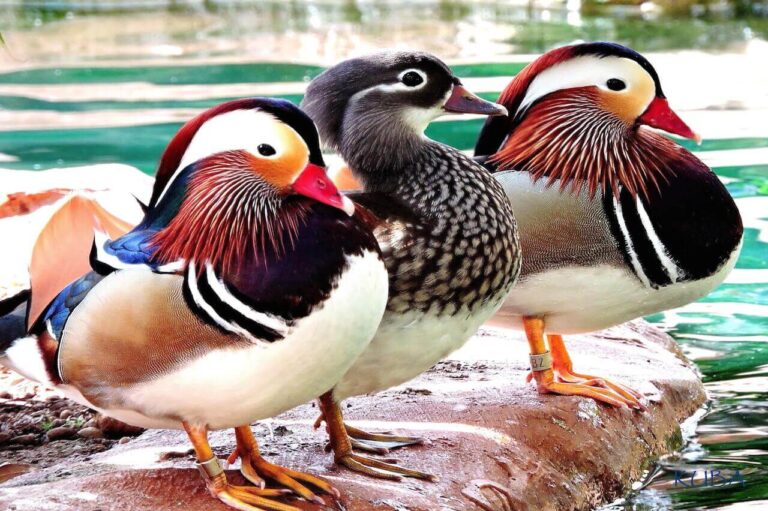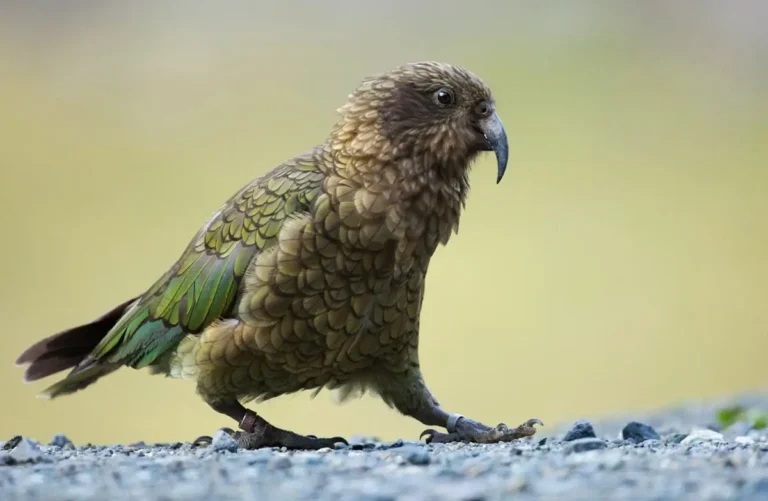Queen Alexandra’s Birdwing: An In-Depth Look at the World’s Largest Butterfly
Queen Alexandra’s Birdwing (Ornithoptera alexandrae) is not just any butterfly; it is the largest and one of the most spectacular butterflies in the world. Native to Papua New Guinea, this majestic insect is named after Queen Alexandra, the wife of King Edward VII of the United Kingdom. This butterfly captivates scientists, collectors, and nature enthusiasts with its vibrant colors, impressive wingspan, and rarity.
This article will explore Queen Alexandra’s Birdwing, delving into its scientific classification, physical characteristics, habitat, behavior, diet, reproduction, predators, conservation status, evolutionary history, and its relationship with humans.
Contents
Scientific Classification
- Kingdom: Animalia
- Phylum: Arthropoda
- Class: Insecta
- Order: Lepidoptera
- Family: Papilionidae
- Genus: Ornithoptera
- Species: Ornithoptera alexandrae
Physical Characteristics

The Queen Alexandra’s Birdwing is easily identifiable due to its impressive size and vibrant coloration. The females are significantly larger than the males, making them one of the few butterfly species exhibiting such pronounced sexual dimorphism.
- Wingspan: Females can reach up to 28 cm (11 inches), while males typically have a wingspan of around 20 cm (8 inches).
- Coloration: Males are distinguished by their iridescent blue-green and black wings, while females have brown wings adorned with white and yellow markings.
- Body: The males have a slender, black body with a bright yellow abdomen, whereas the females have a more robust body with less vibrant colors.
- Antennae: Both sexes have clubbed antennae, typical of butterflies, and are used for sensory perception and balance during flight.
Habitat
Queen Alexandra’s Birdwing is endemic to the lowland rainforests of northern Papua New Guinea, specifically in the Oro Province. These butterflies prefer primary rainforests with a high density of their host plants, making their habitat highly specialized and vulnerable to environmental changes.
- Climate: They thrive in warm, humid conditions typical of tropical rainforests.
- Altitude: They are usually found at altitudes between 100 and 800 meters (328 to 2,624 feet).
- Vegetation: The butterfly’s habitat is rich in Aristolochia vines, the primary food source for the larvae.
Behavior

- Flight: Queen Alexandra’s Birdwing is known for its powerful and graceful flight, often gliding and flapping slowly due to its large wings.
- Activity: Males are highly territorial and can often be seen patrolling their areas in search of mates. They are active during the day, especially during sunny weather.
- Mating Rituals: Males perform elaborate flight displays to attract females, showcasing their bright colors as a sign of fitness.
Diet
The diet of Queen Alexandra’s Birdwing varies between its life stages:
- Larvae (Caterpillars): The larvae feed exclusively on the toxic leaves of Aristolochia schlecteri vines. This diet provides nourishment and makes them unpalatable to potential predators due to the toxins they accumulate.
- Adults: Adult butterflies feed on nectar from a variety of rainforest flowers. They prefer large, tubular flowers where they can insert their long proboscis to suck up nectar.
Reproduction
Specific behaviors and stages characterize the reproductive cycle of Queen Alexandra’s Birdwing:
- Mating: Males patrol territories and compete for females, using their bright colors to attract mates. After mating, females lay their eggs singly on the underside of host plant leaves.
- Eggs: The eggs are round and cream-colored, usually laid on the leaves of Aristolochia vines.
- Larvae: Upon hatching, the caterpillars are dark with fleshy orange spines that serve as a defense mechanism. The larvae consume the toxic leaves of their host plant, gaining chemical defenses.
- Pupation: The caterpillar forms a chrysalis, often camouflaged among the surrounding vegetation, where it undergoes metamorphosis.
- Adult Emergence: After a few weeks, the adult butterfly emerges, dries its wings, and begins its life cycle anew.
Predators
Despite its size and toxicity, the Queen Alexandra’s Birdwing faces threats from a few natural predators:
- Birds: Some species may attempt to prey on the butterfly despite its chemical defenses.
- Parasitic Wasps: Parasitic wasps may lay their eggs in the larvae or pupae, which can be fatal to the developing butterfly.
- Human Activity: Although not a natural predator, human activity poses a significant threat through habitat destruction and illegal collecting.
Conservation Status
The Queen Alexandra’s Birdwing is listed as Endangered on the IUCN Red List due to several factors:
- Habitat Destruction: The primary threat to this butterfly is habitat loss due to deforestation for agriculture, logging, and palm oil plantations.
- Climate Change: Changes in temperature and humidity can disrupt their highly specialized habitat.
- Illegal Collecting: Due to its beauty and rarity, the butterfly is highly sought after by collectors, leading to illegal trading despite protection laws.
- Conservation Efforts: Local and international conservation programs aim to protect its remaining habitat, regulate trade, and raise awareness about its endangered status.
Interesting Facts
- The Queen Alexandra’s Birdwing was first discovered in 1906 by naturalist Albert Stewart Meek.
- It is one of the few butterfly species where females are larger and less colorful than males.
- The butterfly’s toxic nature directly results from its diet, which helps deter predators throughout its life stages.
Evolutionary History
Queen Alexandra’s Birdwing is believed to have evolved millions of years ago as part of the diversification of the Papilionidae family. Its size and color variations adapt to its unique rainforest environment, offering camouflage for females and bright, attractive patterns for males. This evolutionary path highlights the delicate balance between predator deterrence and mating success in the butterfly world.
Relationship with Humans
The Queen Alexandra’s Birdwing has a complex relationship with humans:
- Cultural Symbol: In Papua New Guinea, the butterfly is often regarded as a symbol of beauty and rarity.
- Ecotourism: The butterfly draws tourists and researchers to the region, contributing to local economies and conservation awareness.
- Conservation Icon: As an endangered species, it has become a symbol of the conservation efforts necessary to preserve the world’s biodiversity.
Conclusion
Queen Alexandra’s Birdwing is a remarkable example of nature’s beauty and complexity, showcasing the delicate interplay between an organism and its environment. However, human activity increasingly threatens its survival, making conservation efforts crucial to preserving this magnificent species for future generations. By protecting its rainforest habitat and regulating illegal collecting, we can ensure that Queen Alexandra’s Birdwing continues to grace the skies of Papua New Guinea for years to come.
- Are Rottweilers Good With Kids? Reasons & Training Tips - 17 September 2025
- How Long Are Dogs Pregnant: Complete Guide - 16 September 2025
- German Shepherd Doberman Mix: Info, Pictures, Care & More - 11 September 2025







